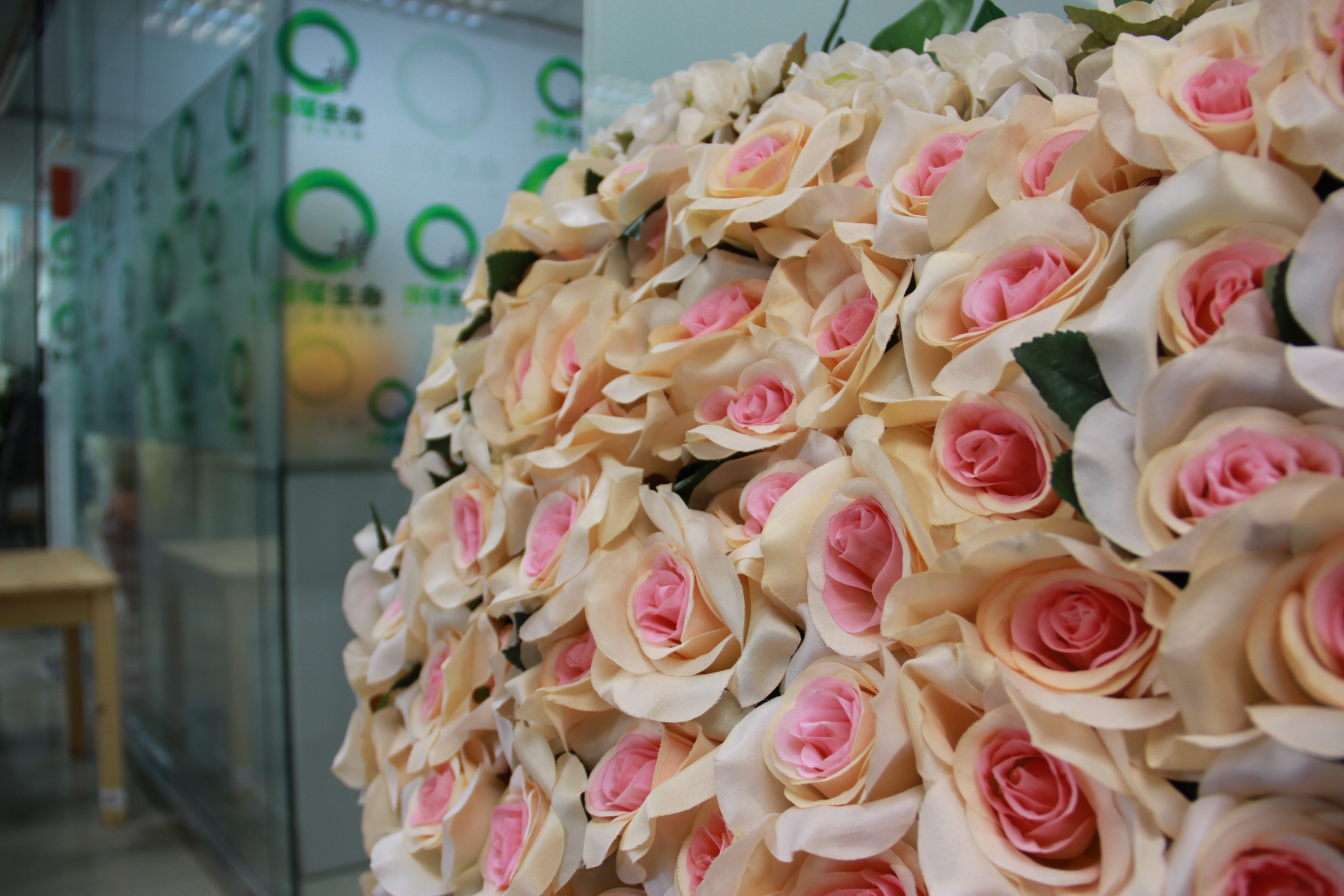Green funerals face obstacles in traditional Hong Kong
by Mavis Wong and Edith Lin
Smouldering sticks of incense, elaborate floral wreaths and the burning of paper replicas of worldly goods and money for the afterworld are common features of traditional Chinese funerals.
For many people, a funeral is not just a traditional rite but also an event where family and friends join together to bid farewell to the deceased.
However, they also use up a lot of material and generate a lot of waste. A typical funeral flower basket uses around 5 kg of flowers, and a traditional hardwood coffin is made from about 150 kg of wood.
As society has become more aware of environmental issues, green organisations have started to promote green funerals in Hong Kong. They are exploring whether traditional customs can be modified to achieve sustainability.

Some people are already waking up to how wasteful a traditional funeral can be. Angela Siu Tsui-yee, recently helped to arrange her father-in-law’s funeral says, is one of them. “When I saw his coffin being put into the grave, I felt it was very wasteful, the wood was so thick… a lot of trees were probably cut down to make it,” says the 49-year-old. What is more, Siu says the funeral cost the family more than HK$100,000.
In contrast, a green funeral should be based on environmentally friendly principles and should use the least materials possible. Those at least are the tenets of Hong Kong’s only specialist eco-friendly funeral home, Green Life Passage, which advocates the use of reusable materials yet avoids sacrificing Chinese traditions altogether.
Green Life Passage suggests people replace fresh flowers with flowers made of ribbon or making donations to charity in lieu of floral tributes. It uses paper coffins instead of traditional hardwood ones, and substitutes the traditional attire worn by the deceased with their regular clothing, while family members are encouraged to re-use or recycle their mourning clothes.
People often assume the elderly treat death as a taboo, and the subject should not be broached. But Lam Ka-hei, chief executive of Green Life Passage, says the opposite is true.
Lam says the company once held a talk at an elderly centre where members of staff were afraid that showing a real coffin to the elderly people would scare them. To their surprise, the seniors were actually interested to know more. “The elderly love to take a look at or even touch the coffins,” says Lam. “[They might think] this is a matter closely related to me, of course I want to learn more about it beforehand!”
Although an increasing number of green organisations have started to educate people about green funerals, an environmentally friendly send-off still faces numerous challenges in Hong Kong.
The first challenge is overcoming traditional practices. Angela Siu says her husband’s eldest brother expected the family to organise a large-scale funeral just as other relatives had in the past. He was afraid people would laugh at them otherwise.
Also, members of the older generation may think that the more material is used in a funeral, the more respectful the mourners are. These deeply held views are hard to shake.
Michael Cheung Quan-bik, assistant funeral services manager at the Kowloon Funeral Parlour, says these traditional thoughts are the reason they rarely promote eco-coffins. He explains the rate of usage of eco-coffins is very low. Sometimes, not even one can be sold in a month.







































